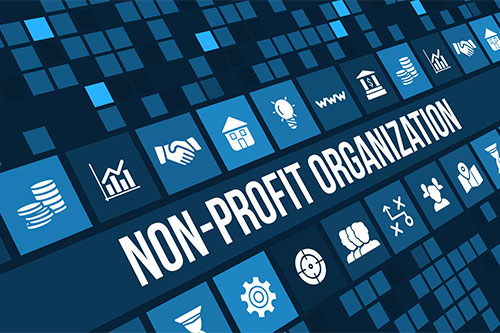Non-Profit Bookkeeping Best Practices
Nonprofit organizations enjoy certain federal and state tax advantages. However, those advantages come with strict rules intended to regulate the business or organization and its accounting practices to assure compliance and actual nonprofit statusi.
The Tax Year
A 501(c)(3) organization must keep tax records with an annual accounting period called its tax year. There are two types of tax years:
- Calendar year – this is a period of 12 consecutive months beginning on January 1st and ending on December 31st of the same year.
- Fiscal year – a period of 12 consecutive months ending on the last day of any month except December. Example: a nonprofit that begins their tax year on August 1st would have the last day of their fiscal year falling on July 31st of the next calendar year.
Properly designating the calendar or fiscal year for a nonprofit organization will determine placement of income and expenses into the proper tax year based on their date and the accounting method of the organization.
Accounting Methods
There are two accounting methods used by businesses and organizations, the cash method, or the accrual method. Both record transactions in the calendar or fiscal year as chosen by the organization. After one year in existence, a nonprofit must file an Annual Information Return with the IRS known as the 990. At that time the accounting method is chosen. There are differences in information reporting based on the accounting method:
- Cash basis – using the cash basis, income is reported on the date it is received and expenses are reported on the date paid. Using this method, a bill for an expense could be received in one month but not paid until the next or a later month. Similarly, income is posted on the date it is received. A customer or client can be billed or invoiced in one month, but the income is not recorded until they pay that bill, and the money is received.
- Accrual basis – using this method, expenses are recorded when a bill is received whether payment has been made or not. Income is recorded when earned, when the invoice or bill for the products or services is generated, whether payment is received or not. The accrual method frequently results in payment received or cash paid out in a different tax year than when they income or expense was realized.
The cash method is preferred by the IRS and requires simpler bookkeeping practices for the organization. However, the choice is up to the organization, and some find that their business practices, receivables aging, and other factors make the accrual method preferrable.
Documentation
As with anything tax-related, documentation of all transactions is important. Documents itemizing income and expense transactions with business purpose if appropriate are vital to verification should the IRS have questions. Consultation with tax professionals is advisable when setting up accounting processes for a nonprofit organization.
The good news for all businesses and organizations is that the current state of technology makes detailed documentation an affordable and efficient task.
i Nonprofit Organization Tax Best Practices – ChronicleOnline.com

